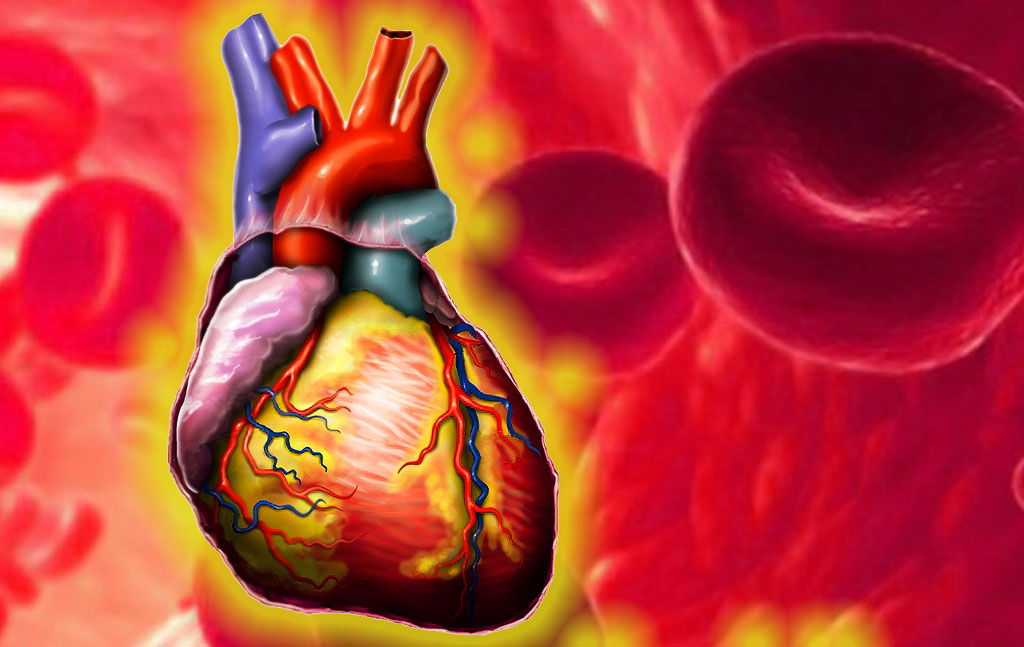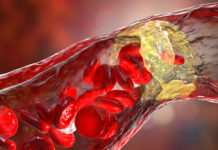U.S. hospitalizations and deaths from heart disease and stroke dropped significantly in the last decade, according to new research in the American Heart Association journal Circulation.
“Interestingly, these improvements happened in a period when there were no real ‘miracle’ clinical advancements,” said Harlan Krumholz, M.D., S.M., lead author of the “most comprehensive report card to-date” on America’s progress in heart disease and stroke prevention and treatment. “Rather, we saw consistent improvements in the use of evidence-based treatments and medications and an increase in quality improvement initiatives using registries and other data to track performance and support improvement efforts — as well as a strong emphasis on heart-healthy lifestyles and behaviors.”
Researchers collected data on nearly 34 million Medicare Fee-For-Service recipients in 1999-2011. They analyzed trends in rates of hospitalization, dying within a month of being admitted, being admitted again within a month and dying during the following year. They considered patient factors including age, sex, race, other illnesses and geography.
By the end of 2011, hospitalization rates among all races and areas dropped:
- 38 percent for heart attack;
- 83.8 percent for unstable angina, sudden chest pain often leading to heart attack;
- 30.5 percent for heart failure; and
- 33.6 percent for ischemic stroke.
Furthermore, risks of dying for people who went to the hospital within a year decreased about 21 percent for unstable angina, 23 percent for heart attacks and 13 percent for heart failure and stroke.
“Huge strides in lifestyle, quality of care and prevention strategies for cardiovascular health have seemed to have a ripple effect on saving lives,” said Krumholz, director of the Center of Outcomes Research and Evaluation at Yale-New Haven Hospital in New Haven, Conn. “As a result, our country has undergone remarkable changes, which has reduced suffering and costs.”
Other significant contributions included improvements in identifying and treating high blood pressure, a rapid rise in the use of statins, marked declines in smoking and more timely andappropriate treatment for heart attack patients, he said.
“There is still more work to do as heart disease and stroke combined remain the leading cause of death and disability, but this study documents astonishing progress and national achievement,” Krumholz said.
Source: Krumholz H, et al. Circulation. 2014. http://bit.ly/1uPvoSX















